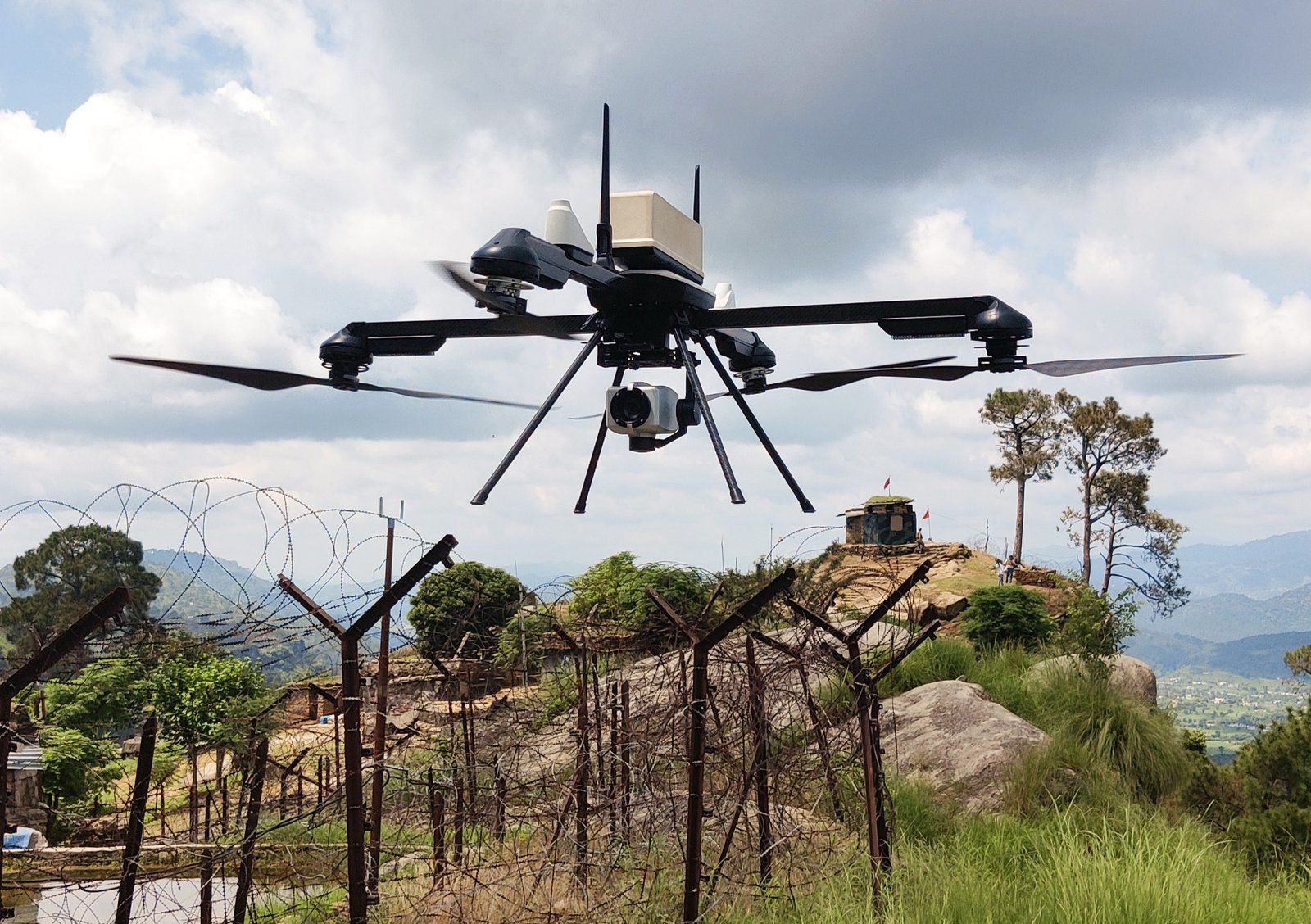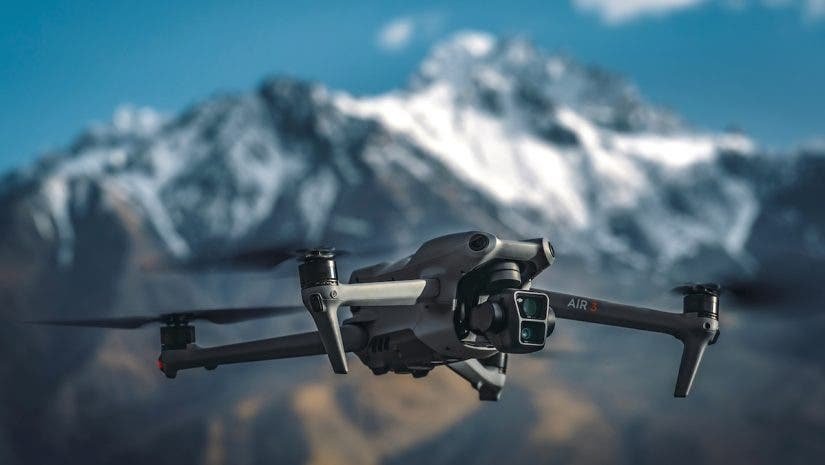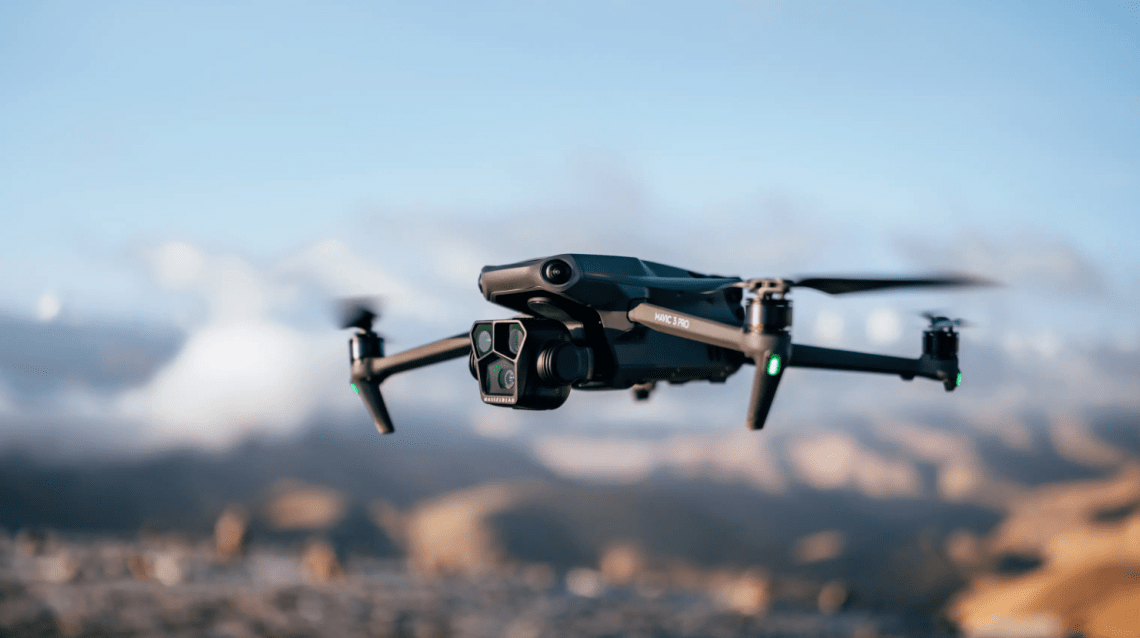Drones have moved beyond novelty—they’re now powerful business tools in industries from construction and agriculture to public safety and energy. But before investing, every organization must answer one key question: Is a drone program worth it?
The answer lies in understanding your return on investment (ROI). By comparing program costs with the value drones bring in efficiency, safety, and revenue, you can make an informed decision.
Understanding ROI for Drone Programs
ROI measures how much benefit you get from your investment relative to its cost. For drone programs, benefits can be both tangible (cost savings, revenue growth) and intangible (improved safety, brand value).
ROI Formula:
mathematicaCopyEditROI (%) = (Net Benefits / Total Costs) × 100
Where:
- Net Benefits = Total Financial Gains – Total Costs
- Total Costs include equipment, training, maintenance, and operational expenses
Step-by-Step: Calculating Drone Program ROI
1. Identify All Costs
When setting up a drone program, factor in:
- Drone purchase price and accessories
- Software and data processing tools
- FAA Part 107 Certification Training
- Insurance (Drone Insurance Guide)
- Maintenance (Drone Maintenance Tips)
- Operator salaries or contractor fees
2. Calculate Financial Benefits
Consider how drones will reduce costs or increase revenue:
- Cost Savings: Replacing manned inspections with drone surveys, reducing labor hours, avoiding equipment rentals
- New Revenue Streams: Offering aerial photography, mapping, or inspection services
- Reduced Downtime: Inspections without halting operations (Drones in Oil & Gas)
3. Factor in Time Savings
Time is money. Drones often reduce project timelines significantly, which can lead to faster billing cycles or more jobs completed per month.
4. Include Safety-Related Savings
Drones keep employees out of hazardous environments, potentially reducing workers’ compensation claims and insurance premiums (Drone Safety Protocols).
5. Account for Intangible Benefits
While harder to measure, improved safety records, better data accuracy, and enhanced client satisfaction all add long-term value to your business.
Example ROI Calculation
Imagine a construction company spends $25,000 setting up a drone program, including equipment, training, and software. In the first year:
- Labor savings: $15,000
- Reduced equipment rental: $8,000
- New revenue from aerial mapping services: $10,000
Net Benefits = $33,000 – $25,000 = $8,000
ROI = ($8,000 / $25,000) × 100 = 32%
A 32% ROI in the first year suggests the program is a strong investment, especially as costs drop in subsequent years.
Improving Drone Program ROI
- Start small with a pilot program before scaling
- Choose drones with features suited to your industry needs
- Invest in Corporate Drone Training Programs to maximize operational efficiency
- Integrate drones into existing workflows for smooth adoption
- Track and measure results regularly to refine processes
Common Pitfalls in ROI Calculation
- Ignoring Hidden Costs: Failing to include software subscriptions, travel, or storage costs
- Overestimating Revenue: Being too optimistic about new service demand
- Lack of Data Tracking: Without performance metrics, ROI is just guesswork
The Future of Drone ROI
With AI automation, longer flight times, and better sensors, the ROI for drone programs is likely to improve even further. Early adopters will benefit most from efficiency gains and competitive advantages. For more insights into future trends, see The Future of the Drone Industry in the USA.
Final Thoughts
A well-planned drone program can pay for itself quickly, delivering both financial returns and operational improvements. By carefully calculating costs, tracking benefits, and optimizing workflows, you can confidently determine whether drones are a worthwhile investment for your organization.
Pro Tip: Before making the leap, consult with experts to design a drone program tailored to your industry. Explore our Drone Courses to equip your team with the skills needed for maximum ROI.








